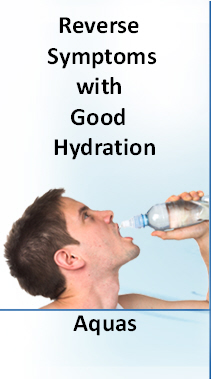Congratulations on finishing Road to Recovery from Parkinsons Disease and thank you for making this available to those who are in need of help with the “charms” of PD. I have a question about Zeolite for Parkinsons.
It has been 14 months since I was diagnosed and I shared this news with you when it was confirmed. My journey has made me try mirapex for l0 months which made me feel worse than the symptoms I had at the time mainly the fatigue. I stopped the mirapex three weeks ago and started amantadiine twice a day since then. I feel better being off of mirapex but I do not feel normal. The fatigue has lifted somewhat, I can stay up longer hours however I am still slow in movement, bad handwriting, constipation, mask, left leg trembles at times, back pain when I walk. I do eat a healthy diet and keep a good attitude most of the time. I still drive a car but just locally, no long trips. I challenge my brain with reading, scrabble games, chess games and going out to lunch often.
My sister bought me some “Zeolite” to try to see if it will help me. I read some good things about Zeolite for Parkinsons on the internet. It makes sense to me the reasoning to cleanse the body of toxins so that the body is enabled to heal itself. Your outline of your researched book makes ablot of sense to me and made the lightbulb in my head turn on!!! I am going to try the Zeolite starting Monday morning taking it in a glass of water three times a day dropping 10 drops of it each time. If you have any feedback you can share with me on Zeolite, I would appreciate it.
Terry
Response:
It is wonderful to hear from you and to learn more about your journey back to health.
Zeolite for Parkinsons was highly recommended as a detox by one doctor I interviewed, Lyn Hanshew, MD which I discuss in Road to Recovery. Dr. Hanshew is convinced it will make a big difference to the symptoms of Parkinsons.
Doctors I have interviewed recommend that you detox very slowly when using a detox like zeolite. I have had a surprising number of phone calls from individuals who wound up in the emergency room because their detox regimen was too strong. If you experience symptoms after taking the drops consult with your doctor and consider reducing the number of drops taken each day.
Robert Rodgers, Ph.D.
Parkinsons Recovery





